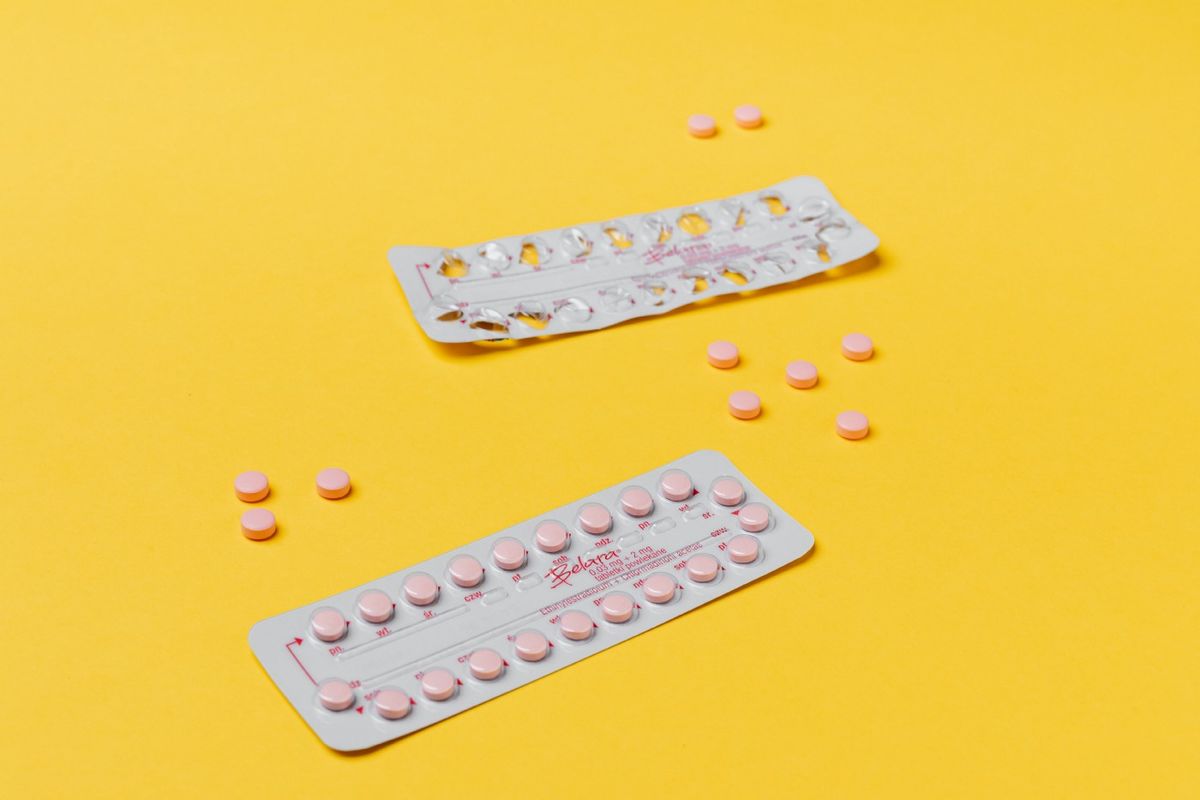If You’re Drinking Alcohol, Don’t Take Tylenol!
I am back with some more drug knowledge that might or might not make your lives easier. Drug interactions are a core concept that pharmacists are trained to know, and some of them are genuinely life-threatening.

I am back with some more drug knowledge that might or might not make your lives easier. Drug interactions are a core concept that pharmacists are trained to know, and some of them are genuinely life-threatening. Taking alcohol and Tylenol (acetaminophen) together is one of those life-threatening interactions and can cause extreme toxicity symptoms.
The Principles of Drug Metabolism
Some drugs need to be changed in the body for them to work. Others need to be changed for them to leave the body. These changes happen because of proteins called enzymes. Enzymes act as biological catalysts. They speed up chemical reactions. Certain enzymes catalyze the reactions that turn active drugs into metabolites that can be excreted.

Pharmacokinetics is a principle of pharmacology that explains how the body manipulates different medications. Pharmacologists describe pharmacokinetics in four steps: Absorption, Distribution, Metabolism, and Excretion. This is the path that drugs follow as they travel throughout the body.
Metabolism of medications happens mainly in the liver, where specific enzymes specialize in breaking down drugs. The Cytochrome P450 (CYP450) enzymes are responsible for more than half the metabolism of all drugs used today.
Competition for Enzymes
Many CYP450 enzymes metabolize more than one drug. If two drugs are taken together and are metabolized by the same enzyme, they have to compete for a spot on the enzyme. This can cause one drug to remain active and potentially cause toxicity at high levels. Additionally, medicines can make enzymes work better or inhibit them. This is the interaction between acetaminophen and alcohol.

Acetaminophen is metabolized in the liver by a cytochrome enzyme called CYP2E1. Alcohol, when ingested, makes this CYP2E1 work better and faster. This means that acetaminophen is metabolized more quickly, making more of its toxic metabolite, NAPQI.
More NAPQI damages the liver, causing liver cells to die and the liver to stop working. Alcohol and acetaminophen by themselves also can cause liver damage, so taking them together further increases the risk of toxicity.
How to Avoid the Interaction
When you are out at a bar with your friends, and a crippling headache gives you a hard time, reach for Advil or Aleve instead of Tylenol. The kidneys eliminate NSAIDs, so the interaction with alcohol will not happen.
The acetaminophen-alcohol interaction is one of the most probable interactions and can cause significant distress to whoever doesn’t know the consequences. Next time you’re out drinking, I suggest remembering this tip to prevent any unnecessary damage.